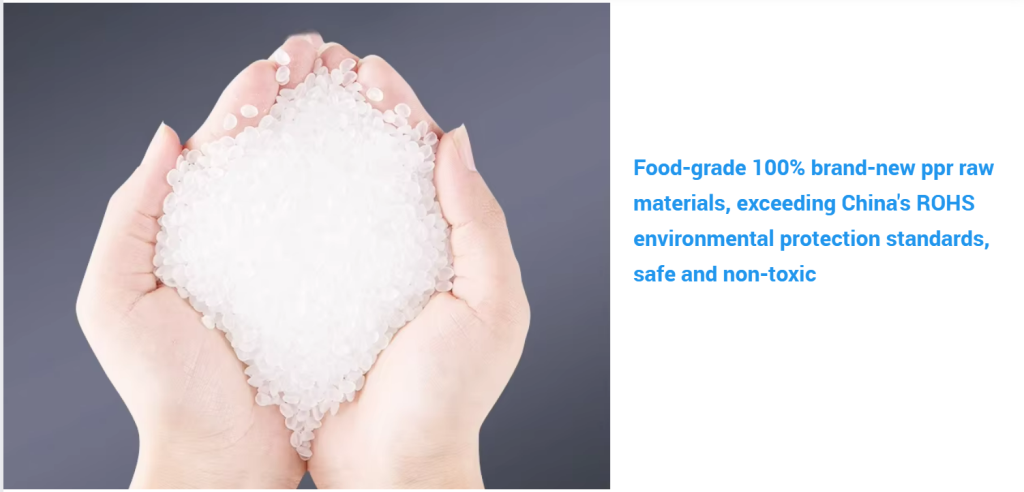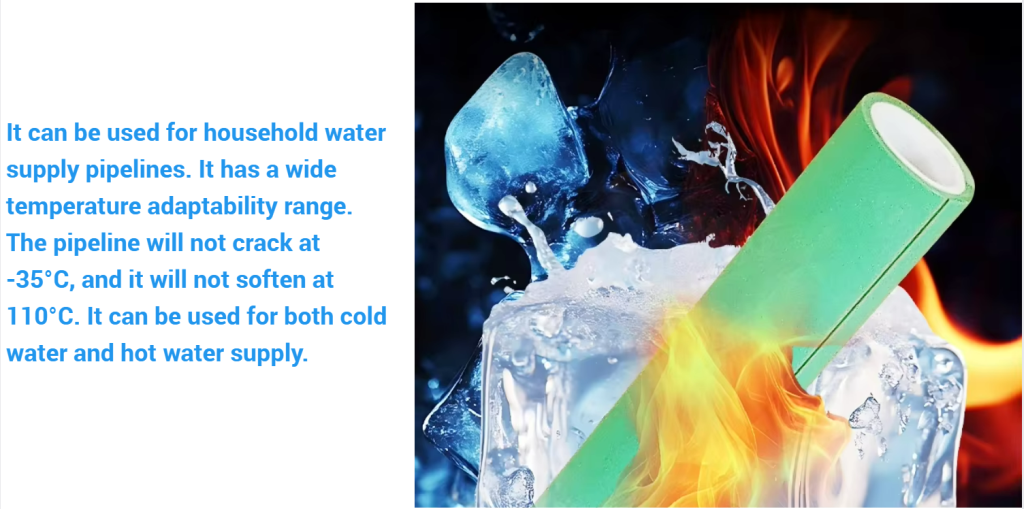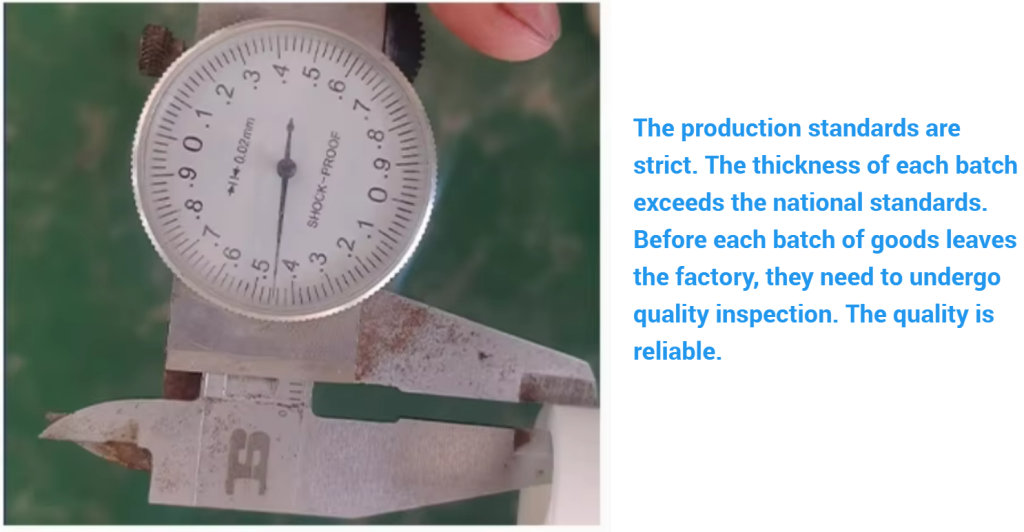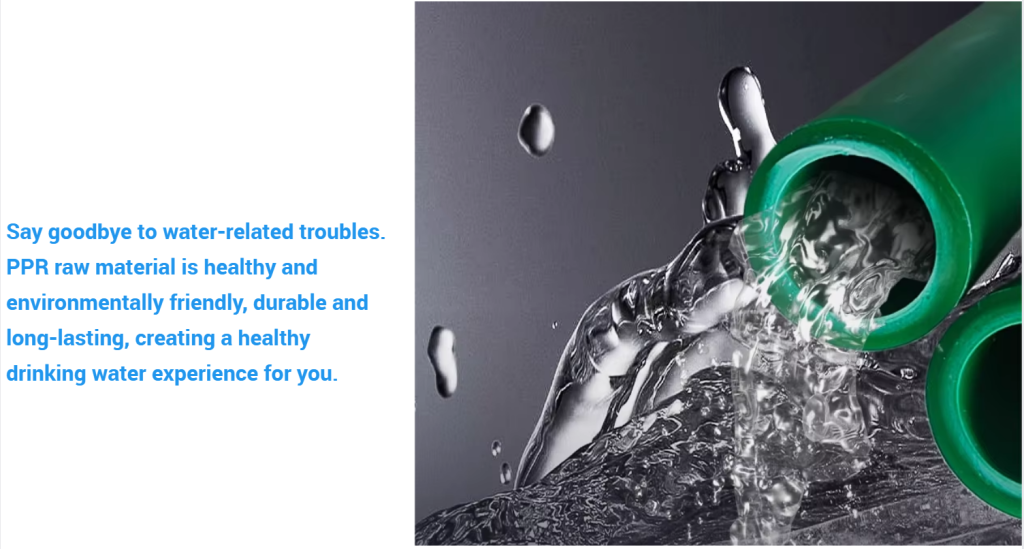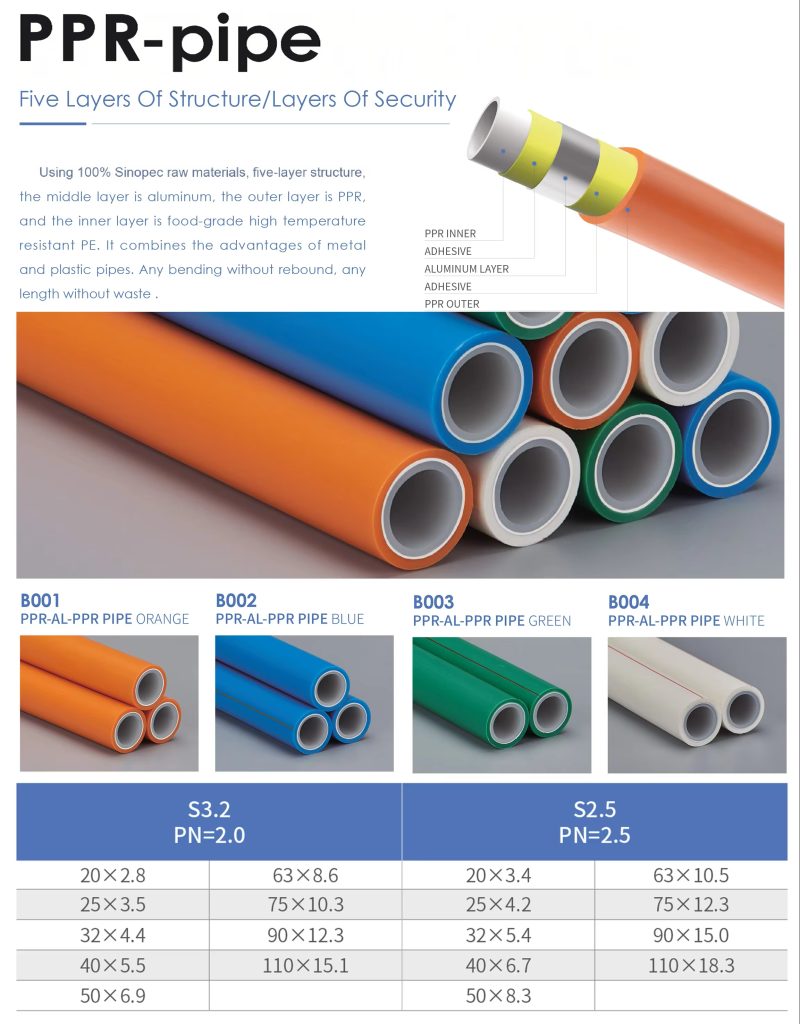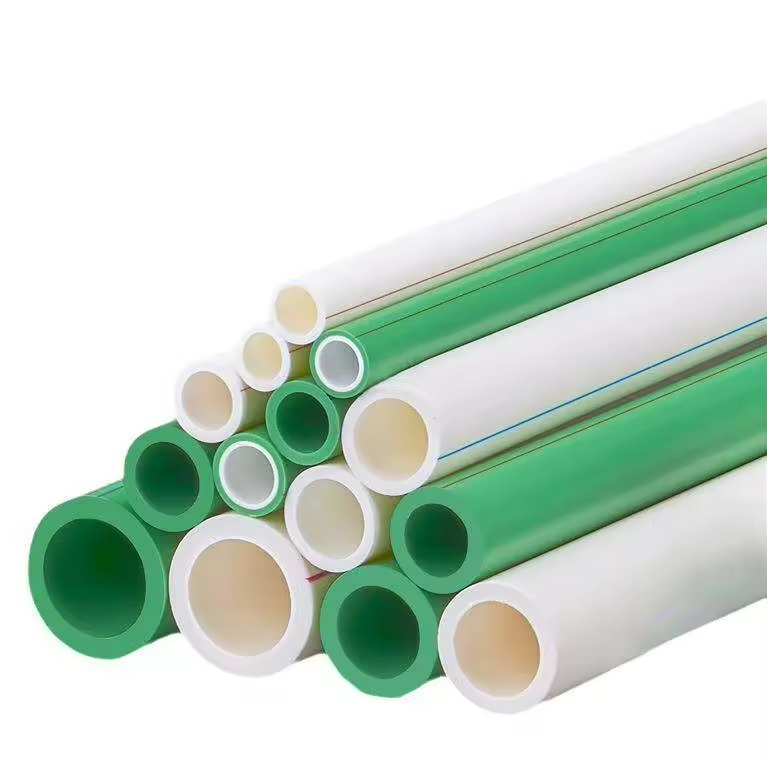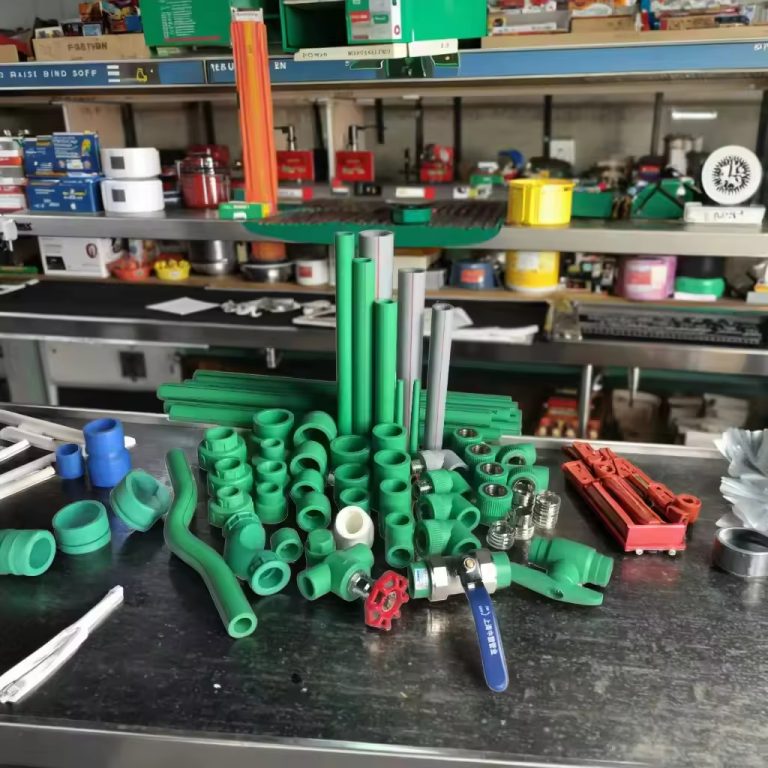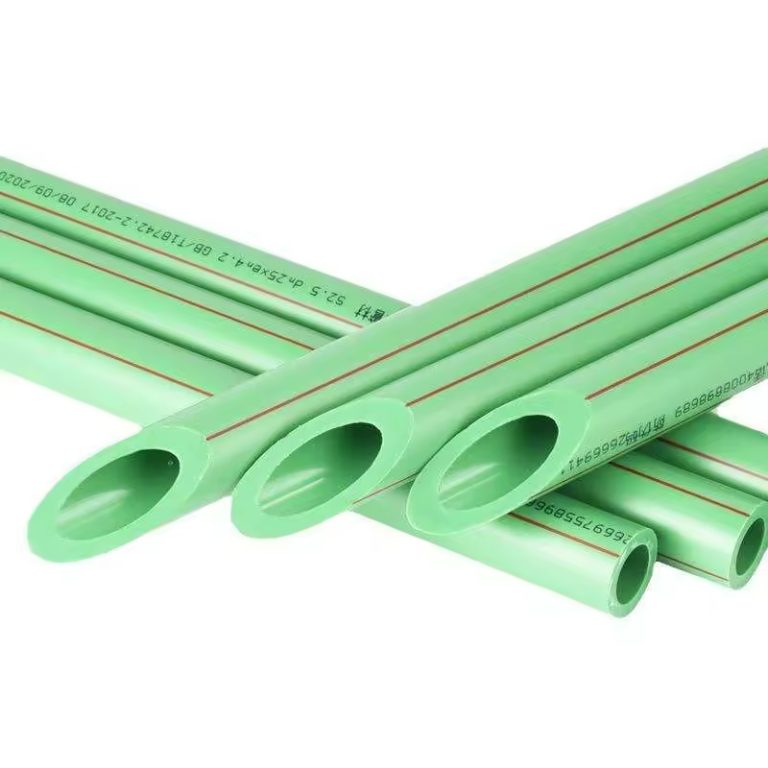PPR (Polypropylene Random Copolymer) pipes are high-performance thermoplastic piping solutions engineered for modern hot and cold water supply systems. Manufactured through a random copolymerization process that enhances molecular stability, these pipes deliver exceptional durability, temperature resistance, and longevity. Ideal for residential, commercial, and industrial applications, PPR pipes comply with international standards such as GB/T 18742-2 and EN ISO 15874-2, ensuring safe and reliable water conveyance for potable water, heating systems, and industrial fluids
. With a service life exceeding 50 years under standard conditions, PPR pipes outperform traditional metal and PVC alternatives by combining lightweight design, corrosion resistance, and ease of installation .
Key Advantages
-
Exceptional Temperature and Pressure Resistance
PPR pipes withstand temperatures up to 95°C for short-term use and operate continuously at 70°C and 1.0 MPa, making them ideal for hot water systems and heating networks
. The material’s high creep resistance ensures long-term structural integrity under sustained pressure . -
Corrosion and Chemical Resistance
Unlike metal pipes, PPR pipes are immune to rust, electrolytic corrosion, and scaling. They resist a wide pH range (1–14) and harsh chemicals, ensuring water purity and eliminating “secondary contamination” risk
-
Lightweight and Easy Installation
Weighing 1/8 of steel pipes, PPR pipes reduce transport and labor costs. Their jointing system uses heat fusion (butt or socket welding), creating monolithic, leak-proof connections stronger than the pipe itself. This method simplifies installation and cuts project time by up to 50% compared to traditional method
-
Energy Efficiency and Hygiene
The smooth inner surface (Manning coefficient: 0.009) minimizes friction loss, boosting flow capacity by 30% and reducing pumping energy needs
. The non-toxic, lead-free material prevents bacterial growth, complying with drinking water safety standards (e.g., ISO 15874) . -
Environmental Sustainability
PPR pipes are 100% recyclable, and their production incorporates up to 10% recycled content without compromising quality. Their long lifespan reduces resource consumption and wast

